 Benign paroxysmal positional vertigo, or BPPV, is the most common cause of vertigo and usually goes away with simple head movements done by doctors or physical therapists.
Benign paroxysmal positional vertigo, or BPPV, is the most common cause of vertigo and usually goes away with simple head movements done by doctors or physical therapists.
But sometimes, it’s stubborn and doesn’t leave.
What’s to do then?
A simple customization, says a new study in Frontiers in Neurology.
It uproots the most stubborn vertigo.
BPPV happens because calcium particles inside your inner ear shift from where they are meant to be into semicircular canals, where they disrupt balance information sent to your brain.
The head movements are designed to make them fall out of these canals.
But why do these standard treatments fail sometimes?
The authors of this new study wondered whether some people’s semicircular canals perhaps differed from the norm — and theorized that this was why the standard series of movements couldn’t move the calcium particles out of them.
To test this idea, they used magnetic resonance imaging (MRI) to create a 3D map of each patient’s inner ear.
Then, they borrowed a high-tech simulation technique typically used in engineering, called computational fluid dynamics, to see exactly how tiny particles in the ear were moving around each patient’s unique inner ear map.
These simulations helped the researchers understand the unique shape and angle of each person’s semicircular canals.
This enabled them to devise a unique series of personalized head movements for each patient that would hopefully cause the calcium particles to fall out of these canals.
They recruited 54 adults with BPPV who hadn’t responded to at least three sessions of standard treatment.
They then split them into two groups: the control group repeated standard maneuvers and daily home exercises, while the intervention group received personalized maneuvers, designed based on their unique inner ear maps.
Everyone was monitored for six months, after which the scientists could draw definite conclusions:
-
1. The intervention group had a lot more people reporting full resolution of vertigo and nystagmus (involuntary eye movements).
2. Tailored treatment meant faster results, which reduced the need for repeated doctor’s visits.
3. People in the personalized group had greater improvements in their dizziness-related disability scores.
Even though this treatment is not yet widely available, you can ask your doctor for an MRI scan of your inner ear to check whether it would be possible to modify the standard movements to suit your unique ear anatomy and clear your vertigo.
I’m, however, surprised at how much these doctors are complicating things.
A few years back, I designed a simple set of vertigo exercises anyone can do at home—and these exercises seem to work for almost everyone and all types of vertigo.
They only take a few minutes a day, and most people experience relief the first day. You can learn these easy vertigo exercises here…

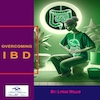 Overcoming IBD
Overcoming IBD Multiple Sclerosis
Multiple Sclerosis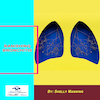 Banishing Bronchitis
Banishing Bronchitis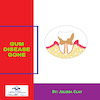 Gum Disease Gone
Gum Disease Gone Overcoming Onychomycosis
Overcoming Onychomycosis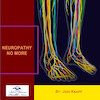 Neuropathy No More
Neuropathy No More The Prostate Protocol
The Prostate Protocol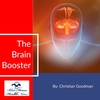 Brain Booster
Brain Booster
 Ironbound
Ironbound
 Solution for Shingles
Solution for Shingles
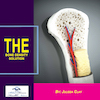 The Bone Density Solution
The Bone Density Solution
 The Ultimate Healing Protocol
The Ultimate Healing Protocol
 The Parkinson's Protocol
The Parkinson's Protocol
 The Chronic Kidney Disease Solution
The Chronic Kidney Disease Solution
 Overthrowing Anxiety
Overthrowing Anxiety The Fatty Liver Solution
The Fatty Liver Solution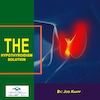 The Hypothyroidism Solution
The Hypothyroidism Solution
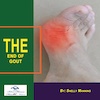 The End of Gout
The End of Gout The Blood Pressure Program
The Blood Pressure Program
 The Oxigized Cholesterol Strategy
The Oxigized Cholesterol Strategy
 Stop Snoring And Sleep Apnea Program
Stop Snoring And Sleep Apnea Program
 The Arthritis Strategy
The Arthritis Strategy The Vertigo & Dizziness Program
The Vertigo & Dizziness Program The 3-Step Diabetes Strategy
The 3-Step Diabetes Strategy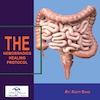 Hemorrhoids Healing Protocol
Hemorrhoids Healing Protocol The Erectile Dysfunction Master
The Erectile Dysfunction Master Weight Loss Breeze
Weight Loss Breeze The IBS Program
The IBS Program The Insomnia Program
The Insomnia Program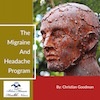 The Migraine and Headache Program
The Migraine and Headache Program The Neck Pain Solution
The Neck Pain Solution The Menopause Solution
The Menopause Solution The Ejaculation Master
The Ejaculation Master The TMJ Solution
The TMJ Solution The Acid Reflux Solution
The Acid Reflux Solution The Fibromyalgia Solution
The Fibromyalgia Solution The Psoriasis Strategy
The Psoriasis Strategy